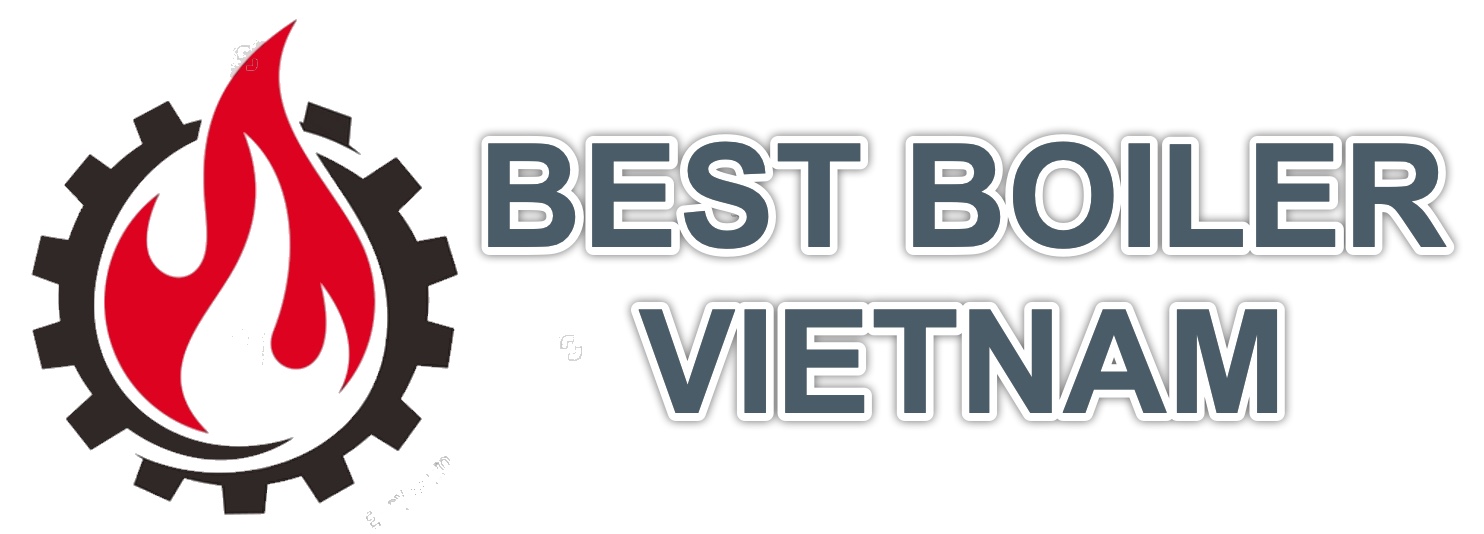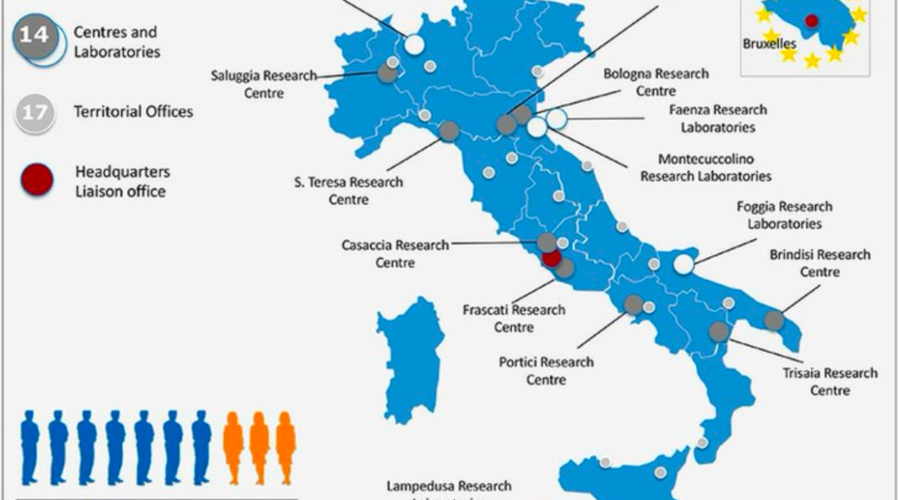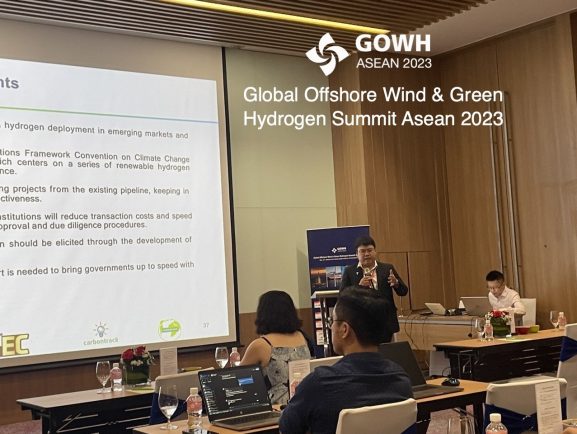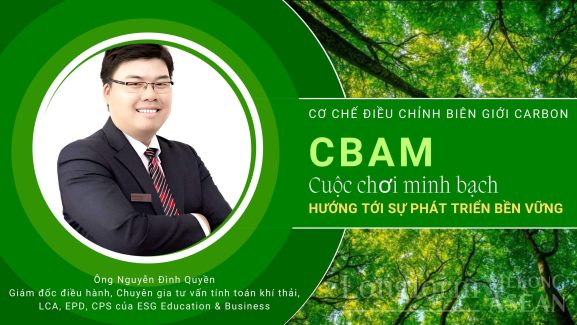The National Agency for New Technologies, Energy and Sustainable Economic Development, Department of Sustainability: an overview
ENEA is the National Agency for New Technologies, Energy and Sustainable Economic Development, a public body aimed at research, technological innovation and the provision of advanced services to enterprises, public administration and citizens in the sectors of energy, the environment and sustainable economic development (article 4, Law no. 22 of 28 December 2015)”.
Since its foundation in the 1960s, its strengths have been applied research, technology transfer and technical-scientific support to companies, associations, territories, central and local administrations: for this reason – unlike other research institutions – the Agency depends on the Ministry of the Environment and Energy
ENEA’s scientific and technological development activities are carried out in nine Research Centres throughout the country, in addition to five laboratories, the headquarters in Rome, a network of regional offices and the Brussels liaison office for participation in European and international research projects.
The Department for Sustainability
General Objectives
Contribute to the valorization of economic, natural and social capital, by providing technological and methodological tools for sustainable and competitive growth and improvement of citizens life quality.
Support Policy elaboration and implementation promoting the reduction of emissions, the mitigation of climate change effects, thetransition towards innovative economic models (circular economy, bioeconomy, blue economy).
The Department also assures technical support to public authorities within the main national, EU and international fora; in European EIP platforms and working groups; in international Experts Commissions and within international negotiations (UN, UN-ECE, EU etc.).
- Strategic themes
- Climate changes
- Natural capital and sustainable tourism
- Closure of cycles, industrial areas and circular economy
- Sustainable cities
- Sustainable supply chains and food systems
- Materials and processes for competitive manufacturing industry
- Innovative health products and systems
- Air quality and health
- Protection and enhancement of our artistic, historical and architectural heritage
- Territorial security
Biotechnological systems, products and processes
ENEA’s Department for Sustainability (SSPT) develops, implements and promotes the eco-innovation in production and consumption systems, contributing to the definition and implementation of country’s strategies and policies within the overall framework of transition towards more sustainable production and consumption model.
Divisions are the organisational units of the Department that carry out research and development activities in the following areas:
- Resource Efficency: The Division develops and implements technologies, methodologies and tools for enhancement, use and efficient management of resources with a view to enabling circular economy in the value chain of products and materials, in production chains, in urban and industrial areas, and throughout the territory. It deals with technologies, up to pilot project scale, for integrated, sustainable management of waste and water resources in civil and industrial fields, recycling/recovery of raw materials from complex end-of-life products and nutrients, materials and energy from waste.
- Sustainable Materials: The Division operates in the sector of innovative materials for applications to the production system, with particular regard to composite, ceramic, nanostructured and polymeric materials. It develops functional and structural materials with low environmental impact, related technologies (including additive technologies) and demonstration components. It fosters replacement of critical raw materials and develops analytic techniques regarding our artistic heritage.
- Models and Technologies for Risks Reduction: The Division develops numerical models of the atmosphere and climate system to evaluate the impact of air pollution, climate variability and future scenarios on natural resources, human health and materials. It develops and applies innovative anti-seismic technologies to civil and industrial buildings and monumental heritage. It develops methodologies for the definition of seismic and geomorphological risks. It proposes strategies for the adaptation and mitigation of risks deriving from natural and anthropic causes.
- Protection and Enhancement of the Natural Capital: The Division acquires data and develops methodologies and technologies for the environmental characterization, protection, management and remediation and for understanding the climate system and its variability, collaborating with the corporate sector for the development of prototypes and innovative tools. It designs and manages integrated observatories and carries out studies for the enhancement and protection of ecosystems and natural resources. It develops microbial biotechnologies also applied to the areas of bioremediation and the conservation and restoration of cultural heritage.
- Biotechnologies and Agroindustry; The Division carries out research and innovation activities for the agricultural and food system, fostering the system’s competitiveness and sustainability of production from a circular bioeconomy viewpoint, to boost performance in terms of quality, quantity, safety and traceability of products, thereby contributing to public health and wellbeing.
- Health Protection Technologies: The Division carries out research and innovation activities within the industrial biotechnologies and biomedical sector. It develops innovative solutions for health; identifies new molecular targets of therapeutic interest; devises new delivery strategies, new diagnostic, prognostic andradio-exposure bio-markers. Through the development of innovative experimental approaches and through risk assessment, it characterizes the impact of environmental changes on human health in terms of predisposition to chronic degenerative diseases and aging processes.
Moreover, The Department coordinates support and technology transfer activities targeting developing countries in order to foster actions to combat the impacts of climate change, within the framework of the national commitments envisaged by the United Nations Framework Convention on Climate Change, and of collaboration with State administrative bodies.
Development cooperation
Development cooperation is particularly important for ENEA, being consistent with its founding values and mission. Actually, the Agency makes its expertise, technologies and services available through agreements, contract agreements ,contract agreements and protocols with the national cooperation system (MAECI, AICS) through a specific Framework Agreement with national and international organizations (FAO, UNIDO ITPO Italy, etc.), NGOs, Civil Society Organizations, and other leading actors in this sector, with which it participates in national and European funding calls.
Under the Agreement with the Italian Ministry for the Environment, Land and Sea (MATTM), ENEA delivers technology transfer and provides environmental cooperation to those countries, most vulnerable and exposed to climate change, with which MATTM has signed memoranda of understanding, especially as regards Small Island Developing States (SIDS).
Cooperation development projects provide project planning, technology transfer, consulting, training and technical support in the production of renewable energy, environmental and health protection, climate change, sustainable and resilient agriculture, water, wastewater and waste management, marine protected areas (including marine sanctuaries), alert systems and coastal areas adaptation.
Example of recent project on Sustainability:
Navigating European Forests and forest bioeconomy sustainably to EU climate neutrality
ForestNavigator aims at assessing the climate mitigation potential of European forests and forest-based sectors through modelling of policy pathways, consistent with the best standards of LULUCF reporting, and informing the public authorities on the most suitable approach to forest policy and bioeconomy. ForestNavigator zooms primarily into selected EU Member States to enhance the consistency of the EU and national pathways, and add a focus on the global scale and selected key EU trading partners, to account for extra-EU future drivers and potential leakage effects.
The project relies on a newly developed integrated policy modelling framework
for the EU forests and forest bioeconomy which covers: i) all relevant mitigation strategies from forest management to energy and material substitution, ii) climate change impacts, adaptation, and natural disturbances, iii) biophysical climate feedbacks, iv) systematically accounting for impacts on biodiversity, forest ecosystem services, and other forest functions, including jobs and green growth.
To increase the accessibility of the models and pathways assessments, as well as their understanding and transparency, a novel decision-making platform is established consisting of the web-based ForestNavigator Portal, and a community of policy- makers, national authorities, and modelers, the Forest Policy Modelling Forum.
To reach its objectives, ForestNavigator will i) harmonize, integrate and continuously update existing datasets by, including national inventories with new remote sensing data and models ii) start from complex forest and climate models and through emulators build them into operational policy modelling tools, iii) integrate biophysical and socio-economic information, iv) consider EU forests and forest bioeconomy in the broader context of other land use and economic sectors, v) rely on input from policy makers and other stakeholders.
ENEA contributes to the project with several actions. In addition to participate to the management of a dynamic stakeholder dialogue, which infers the difference in needs and key challenges amongst different interests at play, it supports the evaluation of forest management costing curves to inform integrated modeling and assess spatial explicit costs for afforestation and management under different assumptions. Most importantly, ENEA will lead the activity of recreational and cultural services evaluation by identifying monetary values associated to different types of forest management. Finally, ENEA will take part to the design of the ForestNavigator Portal and to the production, communication and dissemination of project results.
POLYRISK – Understanding human exposure and health hazard of micro- and nanoplastic contaminants in our environment -New strategy to help protect humans from microplastic and nanoplastic particle pollution
Micro- and nanoplastic particles (MNP) are pervasive contaminants in our environment and food chain. How much of this pollution enters our body via inhalation and ingestion? Do MNP negatively impact human health? The EU-funded POLYRISK project explores these questions by examining human exposure to MNP and the toxic effects on our immune systems. The interdisciplinary POLYRISK team is using advanced methods to chemically detect and quantify MNP, understand key mechanisms of MNP toxicity in vitro, and find biomarkers of toxicity in blood and saliva. These are important elements of POLYRISK’s human risk assessment strategy for MNP. The findings of the assessment will feed into the EU policies and help protect human health, today and in the future.
The POLYRISK project aims unraveling the risks of microplastic and nanoplastic particles (MNP) that are ubiquitous in our environment and are likely tobe entering the human body via inhalation and ingestion. The most bioavailable low-micron and nano-sized MNP, pose the biggest analytical challenges or today’sanalytical chemists. Existing knowledge about the adverse pro-inflammatory effectsof airborne particulate matter and nanoparticles, combined with pro-inflammatory evidence of MNP exposure observed in animal models and in vitro pilot tests with human immune cells, suggests that MNP may cause immunotoxicity in humans.
Occupational exposure of workers to fibrous MNP can indeed lead to granulomatous lesions, causing respiratory irritation, functional abnormalities and flock worker’slung. Currently, human health risk assessment protocols specific to MNP are notavailable and key data is missing. This hampers science-based decision making. Onthis backdrop, POLYRISK’s human risk assessment strategy will combine highlyadvanced sampling, sample pretreatment and analytical methods to detect MNP in complex matrices, up-to-date fit-for-purpose hazard assessment technologies and multiple real-life human exposure scenarios. We will focus on key toxic events linked to several chronic inflammatory diseases. The consortium uniquely brings together interdisciplinary experience and know-how on quality-controlled chemical analyses
of MNP and additives, intestinal and respiratory toxicity models, human exposure epidemiology, immunotoxicology and real-life high-exposure studies. POLYRISK’s novel human risk assessment strategy is based on mechanistic reasoning and pragmatically accommodates the complexity of the MNP toxicant class. Building with ground-breaking science, stakeholder engagement and strong communication, POLYRISK aims to rapidly reduce current MNP risk uncertainties and support EU efforts to ensure public health is adequately protected from the potential risks of MNP pollution. POLYRISK is a part of the European cluster on Health Impacts of Micro- and Nanoplastics.
Renovation packagEs for HOlistic improvement of EU’s bUildingS Efficiency, maximizing RES generation and cost-effectiveness (REHOUSE)
The main objective of REHOUSE is to develop and demonstrate 8 renovation packages of promising technology innovations until TRL7. The renovation packages are fully designed for a wide range of building renovation actions, including deep renovations, that overcome the main barriers that slow down the current EU renovation ratios, following circularity principles, including multifunctionality through active/passive elements integration, prefabrication and off-site construction of components and respect of buildings aesthetics, architectural and historic value. REHOUSE also implements an inclusive people-centric social engagement strategy to endow the renovation wave with a resident and owner perspective towards
affordability, satisfaction and attractiveness of sustainable renovation. The renovation packages will be deployed across 4 locations serving as demonstrators located in Greece, Italy (Margherita di Savoia), France and Hungary. These buildings renovations include detailed design, pilot set-up, demonstration and evaluation to validate in operational conditions (social) the prototypes of the 8 renovation packages. REHOUSE proposes solutions that cover together a set of 5 renovation principles offering technically and economically affordable renovation solutions with enough flexibility to tackle almost 100 % of the building renovation challenges at EU level. The aim is to boost market uptake, scalability and replicability of REHOUSE renovation packages, linking its value proposition with critical economic, technical, social, regulatory and data security/protection aspects and barriers and propose practical recommendations on how to overcome them.
Advanced CRMs Recycling from spent LFP Batteries
ACROBAT aims to recycle end-of-life LFP LIBs via efficient, innovative andenvironmentally-friendly processes and separation techniques to recover a maximum amount of EU-CRMs as high-value products and base metals (ferrous and Cu/Al fractions).
The specific ACROBAT objectives are to research, develop and validate:
1. LFP-dedicated pre-treatment (i.e., shredding, mechanical separation) with reduced cross-contamination
2. continuous, contact-free, in-line characterisation of LFP black mass
3. extractive recovery of electrolyte materials (i.e., conducting
salts, organic solvents)
4. recovery of graphite by froth flotation
5. recovery of lithium as battery-grade lithium hydroxide monohydrate by HCl-based hydro-/solvometallurgy
6. direct recycling of LFP black mass by tandem hydrometallurgy- hydrothermal synthesis.
The sustainability of the ACROBAT flowsheet is evaluated by a life cycle assessment. Overall, the ACROBAT consortium (VITO, ENEA, Fraunhofer ILT, KU Leuven, Accurec) aims to recover 90% of the EU-CRMs (Li, P and graphite) from LFP LIBs and recycle LFP cathode material, graphite and electrolyte, respectively up to 5.4, 6.2 and 4.4 kt/y by 2030 in Europe.
ACROBAT’s Industrial Advisory Board (Umicore, Bebat, Sortbat and Electrocycling) will catalyse the industrial valorisation of the project results.
PRO-GRACE: Promoting a Plant Genetic Resource Community for Europe
PRO-GRACE will address the multiple challenges that European plant genetic resources (PGR) face by building systems, processes, standards and methods, and by
developing the concept, regulatory framework and governance for a functional and efficient
Research Infrastructure.
Building on the Plant Genetic Resources Strategy for Europe – developed over three years in consultation with a wide range of experts and stakeholders by the European Cooperative Programme on Plant Genetic Resources (ECPGR) – and the experience of several EC-funded initiatives funded in the last decade, PRO-GRACE aims to:
1. Ensure conservation and access to PGR Develop a certification system for ex situ genebanks and create mechanisms for conservation, monitoring and access to in situ PGR to ensure proper conservation of and access to PGR.
2. Build an integrated European PGR information system Develop and test strategies and software for integrating into the European Search Catalogue for Plant Genetic Resources (EURISCO) the missing information from European genebanks and in situ conservation sites as well as that developed by different European projects on PGR.
3. Define quality assurance for PGR ex situ and in situ management Develop and test standards and protocols for the quality-assured ex situ and in situmanagement of PGR, which are particularly important when changing environmental conditions and novel pests/invasive species can rapidly erode genetic diversity.
4. Establish the scientific services provided by the Research Infrastructure Develop and test a list of scientific services that the GRACE-RI will provide to the scientific community and the potential providers of such services.
5. Develop standards and procedures for the evaluation of PGR phenotypic traits Develop and test unified strategies, procedures and standards for evaluating phenotypic traits of PGR stored both in situ and ex situ, and providing the information to end-users (breeders, farmers).
6. Analyze the policy, social and ethical framework to facilitate PGR access and benefit sharing Enable the transition of European genebanks to become more complex research infrastructures by analyzing the policies, laws and challenges that presently hamper an open exchange of PGR and their genetic information (such as Digital Sequence Information (DSI)), and the equitable sharing of benefits arising from their use.
7. Develop a concept, governance model, and preliminary financial plan for the future GRACE-RI Analyze the current policy and stakeholders landscape as well as synergies with the existing European RIs to develop the structure, governance and financial plan for a world-class PGR Research Infrastructure.
8. Identify users of the future RI and their need Identify the users of the future RI, review their needs, disseminate and communicate the project’s findings, and train prospective user groups in the use and conservation of PGR.
Regeneration of injured spinal cord by electro pulsed bio-hybrid approach (RISEUP)
Spinal Cord Injury (SCI), a major cause of paralysis, currently has no effective therapies. Every year almost 500.000 people are diagnosed with SCI worldwide.
The difficulty on the neuronal restoration after SCI is based on the complex cascade of events that inexorably cause a degenerative chronic stage mainly favored by the non-permissive environment and limited capacity for axonal regrowth. Multifaceted strategies are considered the unique solution for functional restoration by including cell substitution, neuroprotection and axonal growth promotion.
RISEUP proposes to attain neuronal functional regeneration after SCI by an unprecedented and unique bio-hybrid-compatible electro-activated and wireless- rechargeable implantable technology. RISEUP introduces high voltage microsecond electric pulses (micropulses) stimulations and low amplitude direct currents on a combination of stem cells (induced neural stem cells and multipotent stromal cells), whose transplantation is facilitated by an innovative scaffold biomaterial.
The RISEUP concept is that electric stimulations can induce stem cells neuronal differentiation and the scaffold can promote their transplantation in the lesioned tissue, making possible its regeneration.
RISEUP goal, even if ambitious, is concrete due to the multidisciplinary and considerable competences of the Consortium, which is constituted by, in addition to ENEA as Coordinator, Universitat Politècnica de València, RISE Technology Company, Sapienza University, CNRS, Centro Investigación Príncipe Felipe de València.
RISEUP aims at initiating a radically new line of technology (electro-activated, remotely controlled, biocompatible, biodegradable cell-containing implants for the repair of neuronal lesions), which, in a long-term vison, could lead to a radical change in SCI treatment.



